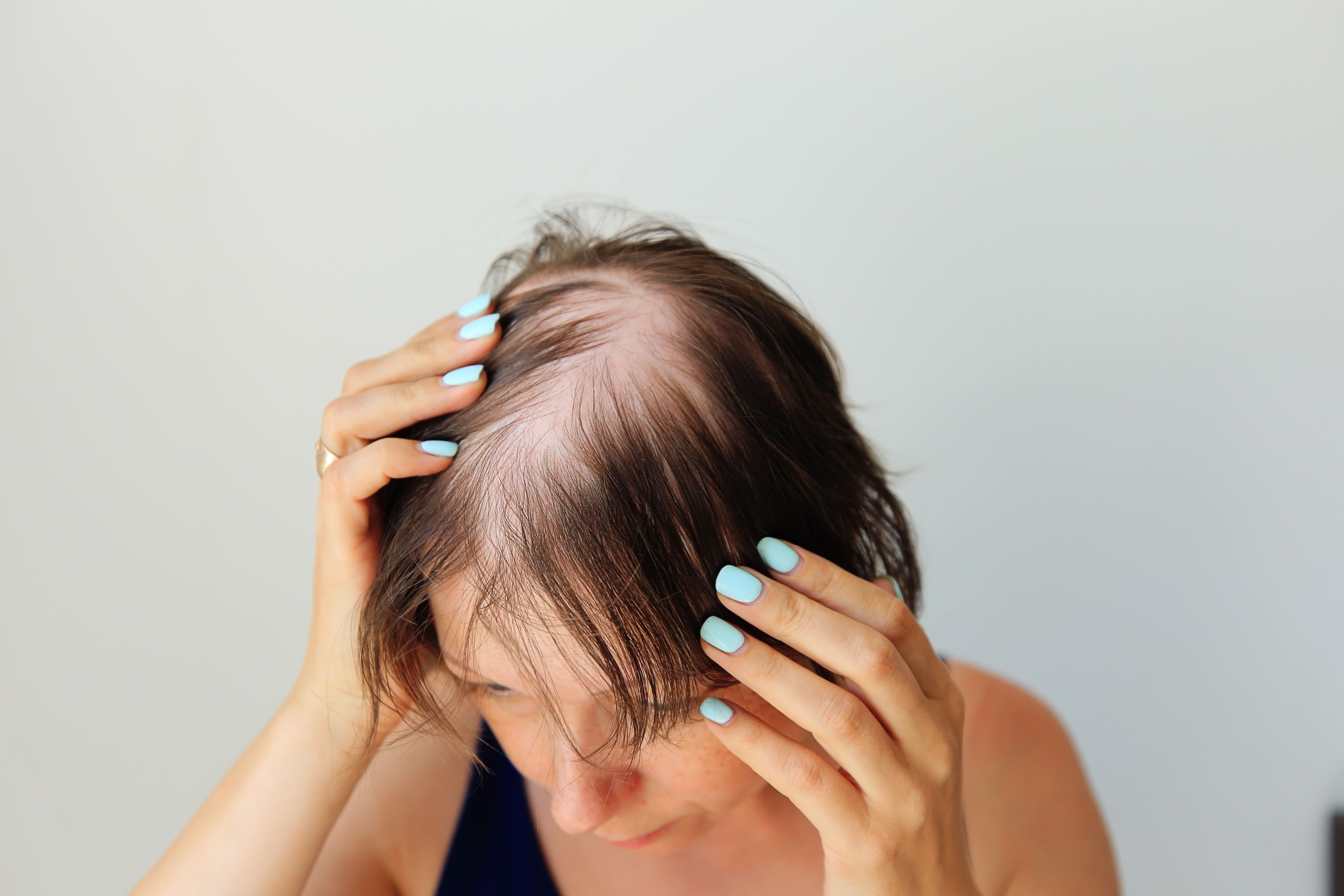- Case-Based Roundtable
- General Dermatology
- Eczema
- Chronic Hand Eczema
- Alopecia
- Aesthetics
- Vitiligo
- COVID-19
- Actinic Keratosis
- Precision Medicine and Biologics
- Rare Disease
- Wound Care
- Rosacea
- Psoriasis
- Psoriatic Arthritis
- Atopic Dermatitis
- Melasma
- NP and PA
- Skin Cancer
- Hidradenitis Suppurativa
- Drug Watch
- Pigmentary Disorders
- Acne
- Pediatric Dermatology
- Practice Management
- Prurigo Nodularis
- Buy-and-Bill
News
Article
Alopecia Areata Linked to Hearing Loss, Study Finds
Author(s):
A recent study linked alopecia areata and the presence of cochlear dysfunction in some patients.
Nadya Kolobova/Adobe Stock

A recent study found a link between alopecia areata (AA) and cochlear dysfunction leading to hearing loss, suggesting that more comprehensive assessment and management of hearing capabilities in patients with AA may be needed.
The study, published in Cureus, represents the first documented evidence of hearing loss in AA using otoacoustic emission (DPOAE) measurements. The authors noted that the results will strengthen the relationship between sensorineural hearing loss and autoimmune conditions.
Although AA primarily involves hair loss due to melanocyte overactivity, the precise role that AA melanocytes play in hearing loss are not fully clear. According to the authors, it is possible that cochlear melanocyte inflammation may disrupt endolymph production, a key factor in sound signal transmission. Cochlear melanocytes also maintain potassium ion levels, which are also important for hearing. The study sought to clarify the association between AA and hearing loss using DPOAE measurements.
The researchers included 32 patients with AA and a control group of 29 health volunteers. There were 26 male patients with AA and 6 female patients. Fifteen patients with AA were between the ages of 18 and 25 years, and the other 17 were 25 years or older.
To measure audiological and ontological response, pure tone audiometry (PTA), speech discrimination test (SD), and DPOAE measurements at 7 different frequencies (500 Hz, 1000 Hz, 2000 Hz, 4000 Hz, 6000 Hz, 8000 Hz, and 10,000 Hz) were conducted. The participants were divided into 2 groups based on age (18-25 years and >25 years). Kolmogorov-Smirnov and Shapiro-Wilk tests were used to assess differences between the right and left ears, gender, and age groups.
For audiological measurements, no significant differences between the AA and control groups were found for the 1000 Hz, 2000 Hz, 4000 Hz, and 8000 Hz (P > .05). However, there were statistically significant differences in the mean DPOAE values for 1000 Hz signal to noise ratio (SNR; P = .03) and 6000 Hz SNR variables (P = .027).
Additionally, gender-based differences in DPOAE values were observed at 2000 Hz SNR (P = .041), with men having lower values than women.
Regarding otoacoustic emission values, patient older than 25 years were found to have lower values for 4000 Hz (P = .049) and 1000 Hz SNR (P = .023). The Mann-Whitney U test revealed that the 500 Hz SNR demonstrated a significant difference across age groups at a 5% significance level. This was also found to be lower in patients older than 25 years of age.
The authors emphasized the importance of monitoring auditory and cochlear function in individuals with AA, saying that early detection and treatment of hearing loss can help prevent further damage and improve patient quality of life.
Reference
Aliyeva A, Agayarov OY, Dogan EI. Assessing auditory and cochlear function in alopecia areata patients: exploring the link to cochlear melanocyte damage. Cureus. 2023;15(9):e44882. doi:10.7759/cureus.44882
[This article was originally published by our sister publication, American Journal of Managed Care.]





